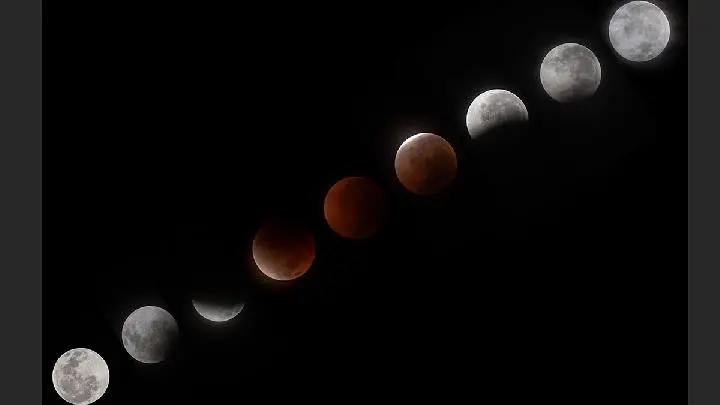
TEMPO.CO, Jakarta - The year draws to a glittering close, and Singapore’s night skies are far from quiet. Notably, 2025 is ending on a luminous note with a trio of supermoons, the next of which is set to dazzle in early November. Following the resplendent Harvest Moon of October, the Beaver Moon will ascend on November 5. Adding to the celestial splendor, the Taurids meteor shower will streak across the skies that same week.
For those who missed the earlier sky shows, the universe seems intent on offering a grand encore. But, before anything else, here’s everything you need to know about the celestial spectacles according to TimeOut, The Smart Local, and various sources.
When Does the Beaver Moon Occur in Singapore?
The celestial stage over Singapore is set to glow brighter this November with the arrival of the Beaver Moon, best known as the second supermoon of the year, following October’s radiant Harvest Moon.
Expected to rise from 7:30 p.m. onwards on November 5, this luminous spectacle will appear noticeably larger and more resplendent than an ordinary full moon, thanks to its closer proximity to Earth at just about 356,980 kilometers away.
Its charming name, “Beaver Moon,” traces back to Native American and European traditions, when November marked the season for beavers to fortify their dams and gather food in preparation for winter. While you won’t find any beavers in Singapore’s wetlands, those near reservoirs or nature reserves might just catch sight of playful otters basking under the moonlight.
As the second of three supermoons illuminating Singapore’s skies this year, the Beaver Moon promises an enchanting evening of celestial brilliance. So, find a clear view of the horizon and watch as this golden orb ascends larger, brighter, and more captivating than usual.
When Does the Taurids Meteor Shower Occur in Singapore?
Named after the Taurus constellation from which it appears to originate, the Taurids will grace the skies in two waves: the Southern Taurids peaking on November 5, coinciding perfectly with the Beaver Moon, and the Northern Taurids reaching their height on November 9.
These twin showers, formed from debris left behind by Comet Encke, promise a gentle cascade of shooting stars, or around 10 meteors per hour. And, with a bit of luck, a few dazzling fireballs are set to streak across the darkness.
According to Science Centre Singapore, the best time to catch this cosmic performance is between midnight and 4 a.m., when the meteors are most visible.
How to Photograph the Taurids Meteor Shower?
For those hoping to immortalize the Taurids, or any meteor shower, in breathtaking detail, Space.com recommends using a digital camera with full manual settings. To truly do the celestial spectacle justice, pair a full-frame, APS-C, or Micro Four Thirds camera with a sturdy tripod to keep your shots crisp during long exposures.
A wide-angle lens is your best ally here: 14mm to 35mm for full-frame models, or 10mm to 50mm for APS-C, offering the best chance of catching a meteor’s fleeting trail across the stars. And be sure to set your aperture to the lowest possible f-stop, letting in every drop of celestial light for a luminous capture of the night sky.
Click here to get the latest news updates from Tempo on Google News
